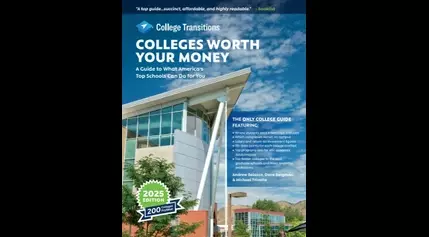Louisiana's Reliance on Food Assistance: A Deeper Look into SNAP Enrollment and Its Implications
A recent survey by the Public Affairs Research Council of Louisiana has shed light on the significant reliance of Louisianans on food stamps, also known as the Supplemental Nutrition Assistance Program (SNAP). The findings reveal that nearly one in five residents in the state are SNAP recipients, with a substantial portion of these being children. This data points to a concerning trend of food insecurity and economic challenges faced by a significant segment of Louisiana's population.Uncovering the Realities of Food Insecurity in the Bayou State
The Prevalence of SNAP Enrollment
The survey conducted by the Public Affairs Research Council of Louisiana indicates that nearly one in five Louisianans, or approximately 20% of the state's population, are currently enrolled in the SNAP program. This statistic highlights the widespread need for food assistance among the state's residents, with the program serving as a crucial safety net for those struggling to make ends meet.The data further reveals that a significant portion of SNAP recipients are children, accounting for around 45% of the total enrollment. This finding underscores the impact of food insecurity on the state's youngest and most vulnerable population, with potentially far-reaching consequences for their health, development, and overall well-being.
Jan Moller, the executive director of Invest in Louisiana, expressed that the high SNAP enrollment rate should not come as a surprise, but rather be a cause for concern. Moller noted that the figure of one in five Louisianans receiving food stamps may even be on the low side, as the United Way's ALICE (Asset Limited, Income Constrained, Employed) report suggests that around half of the state's households struggle to make ends meet on a regular basis.
The Average SNAP Benefit and Its Impact
According to the data, the average SNAP benefit amount per household in Louisiana is 2.99 per month, as of July 2023. This financial assistance is intended to provide supplemental aid to help address food insecurity and ensure that households have access to adequate and nutritious food.Moller emphasized that the SNAP program is not meant to be a catch-all solution, but rather a targeted effort to address food insecurity. He explained that while nearly half of Louisiana's households face financial challenges in making ends meet, not all of them necessarily qualify for SNAP assistance. The program's purpose is to provide supplemental support to those most in need, helping them secure the necessary food resources to sustain themselves and their families.
The SNAP program not only benefits the recipients but also has a broader economic impact. Moller noted that the funds provided through SNAP are reinvested into the local economy, supporting retailers, farmers markets, and other food vendors across the state. This injection of resources helps to stimulate economic activity and support the livelihoods of those involved in the food supply chain.
The Importance of Maintaining Federal Funding for SNAP
During the recent legislative session, Governor Jeff Landry proposed cutting the Summer EBT program, which provides meals for school-aged children when they are out of school. This proposal faced bipartisan resistance, as legislators recognized the importance of maintaining this federal program.Moller explained that the state's administrative costs for the Summer EBT program are relatively low, amounting to only million. However, the program's impact is significant, as it ensures that children from food-insecure households have access to nutritious meals during the summer months when they are not in school. Legislators understood that the federal funding for this program would be distributed throughout the state, directly benefiting families in need and preventing hunger.
The decision to maintain the Summer EBT program in Louisiana was ultimately overturned, allowing the state to continue participating in this federally funded initiative. This outcome highlights the importance of preserving and even expanding access to SNAP and related food assistance programs, which play a crucial role in addressing food insecurity and supporting the well-being of Louisiana's residents.
Louisiana's SNAP Enrollment Compared to Other Southern States
The Public Affairs Research Council of Louisiana's data also reveals that the state has the highest SNAP enrollment relative to its total population compared to other southern states. This statistic underscores the significant need for food assistance in Louisiana, which is likely driven by a combination of economic, social, and demographic factors.The parishes with the highest number of SNAP recipients as of May 2024 are East Baton Rouge, Orleans, Jefferson, Caddo, and Lafayette. These findings suggest that the need for food assistance is particularly acute in these regions, and targeted efforts may be necessary to address the underlying causes of food insecurity and support the well-being of these communities.
Overall, the insights provided by the Public Affairs Research Council of Louisiana's survey highlight the pressing issue of food insecurity in the state. The high SNAP enrollment rate, the substantial proportion of child recipients, and the state's position relative to other southern states all point to the need for a comprehensive and sustained approach to addressing this challenge. By understanding the realities of food assistance in Louisiana, policymakers, community organizations, and the public can work together to develop and implement effective strategies to support the state's most vulnerable residents and promote food security for all.




















